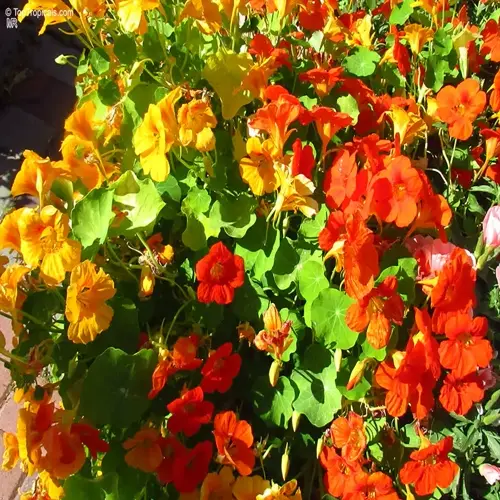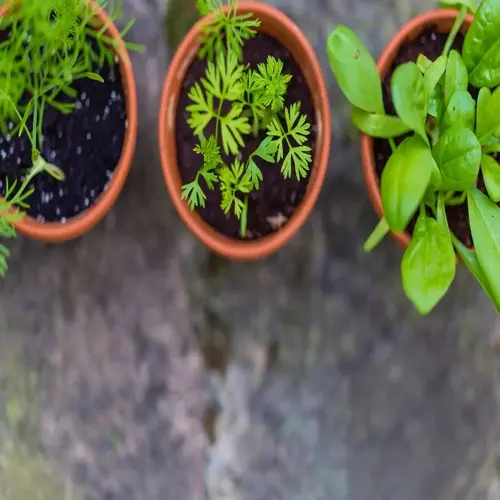Do all fruit trees require grafting?

Written by
Paul Reynolds
Reviewed by
Prof. Charles Hartman, Ph.D.Grafted fruit trees offer certain benefits that cannot be obtained from the seedling. Several commercial orchards and careful amateur growers prefer grafting, as it yields more reliable results. The seedlings yield uncertain fruiting results, while grafting produces similar results. The size of the trees is under some control, and disease resistance has been increased.
Genetic Consistency
- Replicates exact fruit characteristics of parent trees
- Prevents mutations common in seed propagation
- Preserves heirloom varieties across generations
Disease Management
- Rootstocks provide built-in resistance to soil pathogens
- Protects scions from verticillium wilt and root rot
- Reduces need for chemical treatments in orchards
Space Optimization
- Dwarfing rootstocks enable patio and urban gardening
- Multi-variety trees maximize limited growing areas
- Controlled height simplifies harvesting without ladders
Controlling the size of plants makes grafting indispensable in commercial orchards. Dwarf rootstocks such as M.9 for apples limit growth to 8 feet. My little backyard will hold six grafted trees, but one standard tree will fill the space. Stronger rootstocks are necessary for the commercial orchards to get high yields.
Disease prevention is the main justification for why grafting is useful. Without the Geneva rootstock, my apple trees would have succumbed to fireblight. Apple seedlings do not provide this protection, so I have to spray them for fireblight elimination every couple of weeks. Ultimately, grafting produces more resilient trees, which readily thrive with minimal care, saving us time and resources.
While wild trees reproduce from seeds, the cultivated varieties all require grafting for preservation. I propagate rare heritage apples through grafting, which would otherwise be lost. This, in addition to preserving the area's biodiversity, addresses all the specific environmental needs and limitations related to growing conditions and available space.
Read the full article: Mastering Grafting Fruit Trees: A Complete Guide

